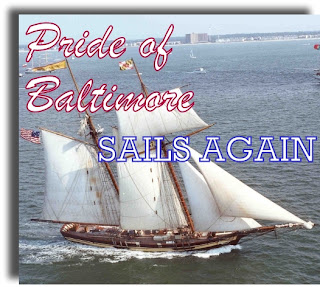shipping. The chief Tactical Officer of one of the packs was Cmdr. T. B. “Ben” Oakley aboard the Growler (SS-215). Two other submarines were in Oakley’s group - the Sealion II (SS-315) captained by Cmdr. Eli T. Reich, and the Pampanito (SS-383)
skippered by L/Cmdr. P. E. Summers.
The wolfpack was given the nickname of “Ben’s Busters” and assigned to Japanese shipping lanes in the South China Sea, code name Convoy College. On 6 Septembr 1944, a Japanese convoy consisting of six ships and five escort vessels departed Singapore, bound for Japan. Two transport ships among the group
were crammed with Australian and British prisoners of war. The Rakuyo Maru was packed with 1300 POWs, while the Kachidoki Maru carried an additional 900 prisoners - including survivors from the Prince of Wales and Repulse. Tankers loaded with crude oil made up the balance of the convoy. On the night of September, two cargo vessels from Manila joined the flotilla and the convoy headed north.
If the above sounds interesting to you....just click on this LINK









